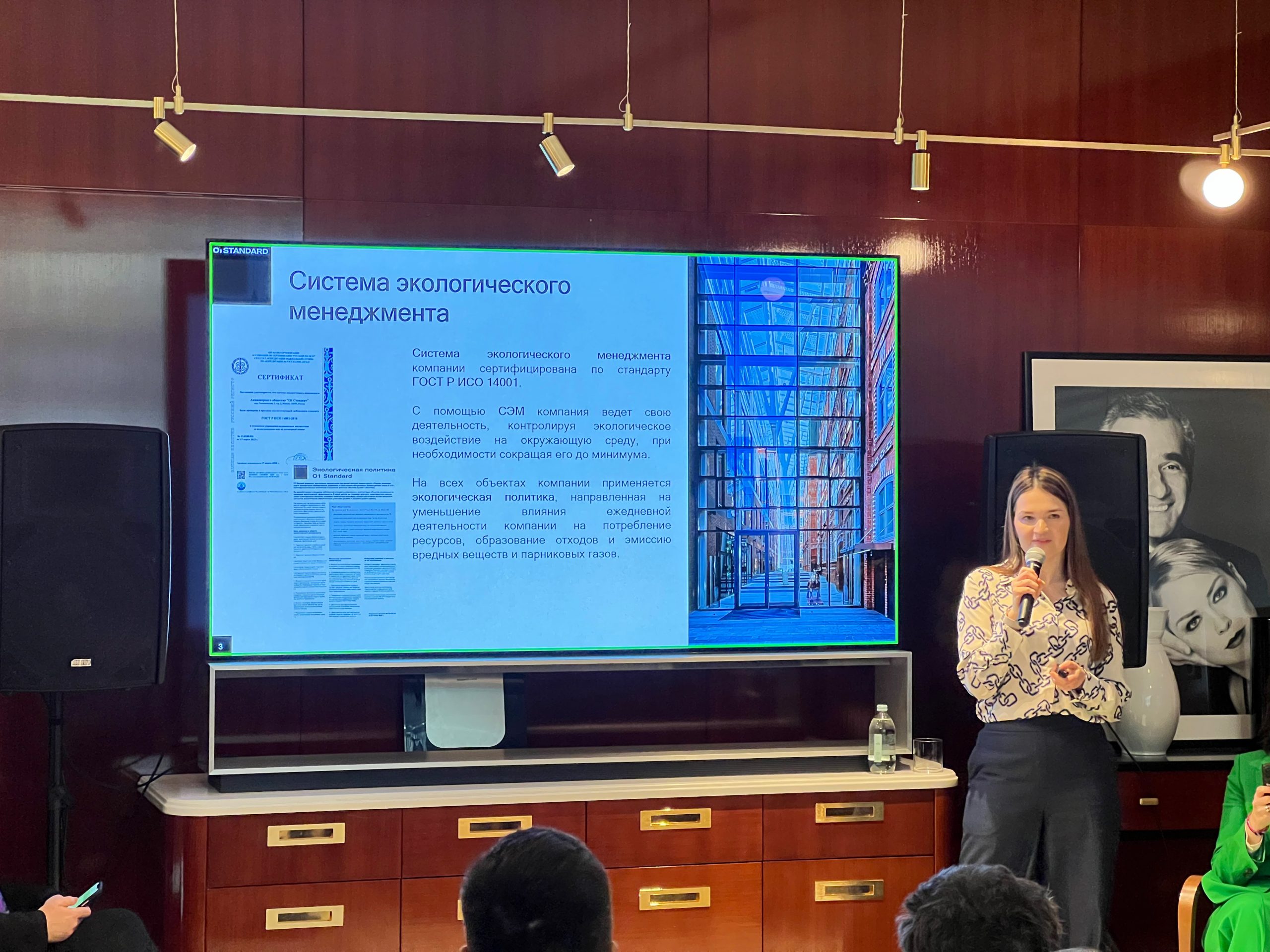Most tenants are planning to bring their employees back to their offices this fall. For some companies it will be the first time after an over a year’s absence. What safety measures are now in place in business centers, and what pandemic-related commercial real estate trends are shaping the new office reality?
Today it’s difficult to imagine a high-class business center that does not disinfect common areas daily or treat the most frequently used objects (door handles, elevator buttons, electronic card readers, and turnstiles) with antibacterial agents several times a day, where sanitizers are not installed in common areas, and where regular disinfection of engineering systems, including ventilation and air conditioning systems is not conducted. Taking temperature at the entrance, masking and a social distance of 1.5 m (2 m in some international corporations’ offices) have become mandatory, and vaccination is strongly recommended. Over 70% of O1 Standard employees have already been vaccinated against Covid-19.
The pandemic has led to the emergence of specific prevention measures, even of entire new trends. Increasingly more tenants are seeking to reduce the number of contractors, not just in order to save money, but also to reduce face-to-face contacts and request a variety of services from the building’s MC, expecting them to work under the one-stop principle. The number of requests for both basic and extra services has increased. This is convenient for tenants, as it allows them to control the progress of work, remotely and otherwise. For the same reason, the tendency to transfer office management to professional MCs is growing. Thus, in Q1 2021, the number of office management contracts in our company alone has increased by 30%.
With the coronavirus-related restrictions in place, many companies have chosen to partially reorganize their offices: create communal workplaces that are not assigned to specific employees and the so-called hot desks that can be reserved, set up team zones and special teleconference meeting rooms. This allows for a reasonable workspace distribution between temporary and permanent employees, increases the acoustic comfort, and enhances social contacts between employees of different departments. It is often convenient for business to engage a management company for this type of work, allowing administrative staff to focus on other projects and eliminate the need to coordinate all work with the general building management company and contractors.
New sanitary requirements have led to an increased number of green certification requests, and business center owners should also be ready for this as well. While people were already concerned with the environmental safety of their workspaces before, the pandemic has further strengthened these requirements. In addition to the environmental certification itself (BREEAM, LEED), there is an interest in new standards that assess the comfort of a person – the Fitwel and WELL systems. In August, O1 Standard completed the first Fitwel certification project for a building in Russia.
We also expect a growing demand for the automation of management processes and MC/tenant interaction. This applies both to the tenant request submission and processing system, and the system of feedback regarding the operation of the business center, infrastructure development, additional services, etc.
The pandemic inevitably requires changes in communications with management companies, such as the digitalization of internal processes in business centers and a direct dialogue with the end consumer – any employee of the tenant company. Business centers need to be prepared for this – and the sooner, the better.





